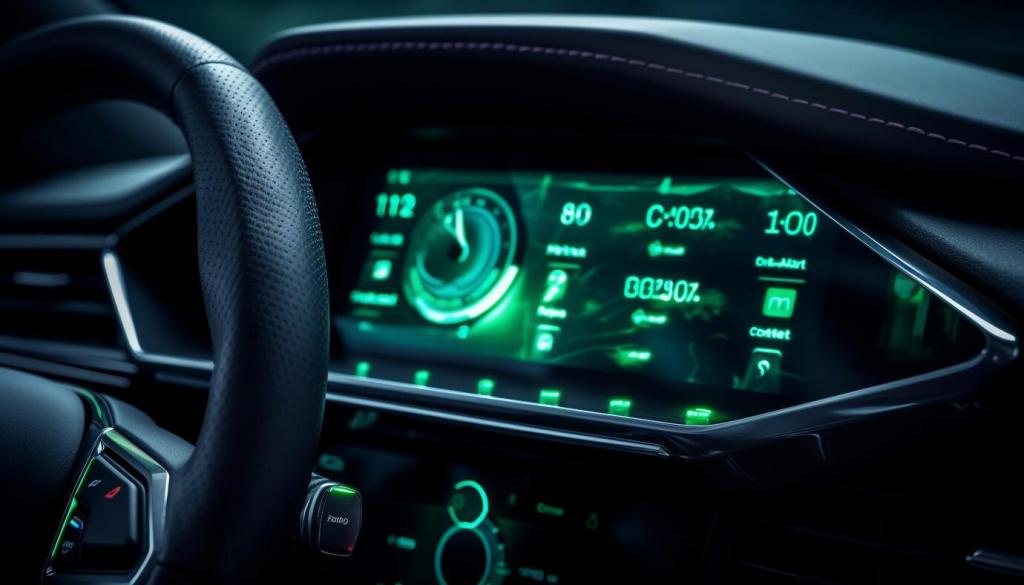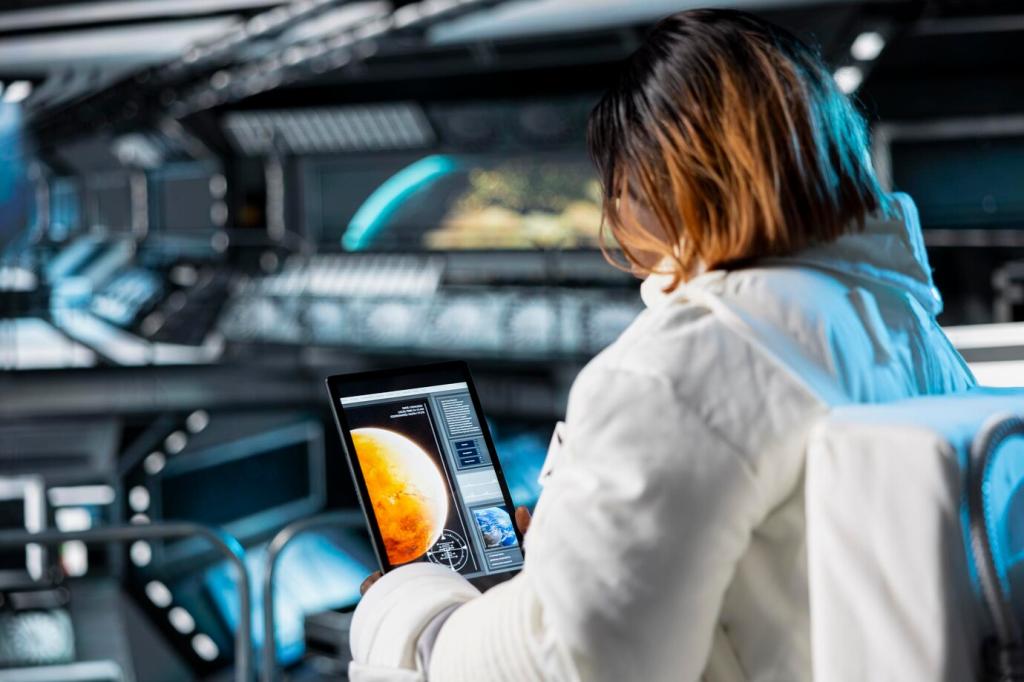Cutting-Edge AI in Automotive Safety
The advent of artificial intelligence is revolutionizing automotive safety, transforming vehicles into intelligent companions on the road. Modern AI-driven technologies integrate seamlessly with automotive systems to mitigate risks, prevent accidents, and enhance the driving experience. From predictive analytics to real-time sensor fusion, these advanced solutions enable proactive safety interventions that protect both drivers and passengers. This groundbreaking shift not only addresses today’s road challenges but also lays the foundation for safer, smarter transportation ecosystems well into the future.

Revolutionary Driver Assistance Systems
Adaptive cruise control harnesses the power of artificial intelligence to dynamically adjust vehicle speed and maintain safe distances from other cars. Unlike traditional systems, AI-based adaptive cruise control learns from traffic patterns in real time, anticipates sudden changes, and responds much faster to potential hazards. Through constant monitoring and data analysis, it not only delivers smoother rides but also significantly reduces the likelihood of rear-end collisions. The seamless integration of AI in cruise control systems exemplifies how automation and intelligence can enhance both convenience and safety for drivers in various road scenarios.

AI-Powered Environmental Awareness
Sensor fusion stands at the core of AI-powered environmental awareness, enabling a vehicle to synthesize information from radar, lidar, cameras, and ultrasonic sensors. AI algorithms process this data in real time, constructing a comprehensive and highly detailed model of the vehicle’s immediate environment. The resulting perception is far superior to what a human driver could achieve alone. Accurate identification of pedestrians, cyclists, road signs, and unexpected hazards empowers the vehicle to make better-informed decisions, leading to safer outcomes. Sensor fusion combined with AI is key to navigating both routine and challenging driving conditions with heightened precision.
AI in Occupant Protection and Personalization
01
Advanced Airbag Deployment Strategies
Traditional airbags deploy upon detecting a collision, but AI takes this safety measure to the next level with intelligent deployment strategies. By analyzing data from impact sensors, seat occupancy mats, and even passenger posture, AI can determine the precise force and timing required for airbag deployment. This customization minimizes the risk of injury, especially to children or smaller passengers, and ensures optimal protection during different crash scenarios. AI-driven airbag systems highlight the move toward more responsive and adaptive occupant safety technologies.
02
Driver Monitoring and Fatigue Detection
Driver monitoring systems have grown significantly more accurate with AI integration. Utilizing cameras and biometric sensors, these systems continuously observe driver attentiveness, eye movement, head position, and physiological indicators of fatigue. When signs of distraction or drowsiness are detected, AI triggers immediate alerts or activates corrective interventions such as gentle steering guidance. By addressing the root causes of inattention, these systems help prevent accidents linked to human error, reinforcing the vehicle’s role as an active partner in road safety.
03
Personalized Safety Adjustments
AI-powered personalization transcends simple preferences, allowing vehicles to tailor safety features based on individual occupant profiles. By recognizing who is in each seat, the system can automatically adjust seatbelt tension, airbag sensitivity, and even recommend ergonomic seating positions. Machine learning enables these adjustments to grow more refined with repeated use, ensuring optimal safety and comfort for each journey. This technology exemplifies the future of human-centric automotive safety, where vehicles intelligently adapt to the unique needs of every occupant.
